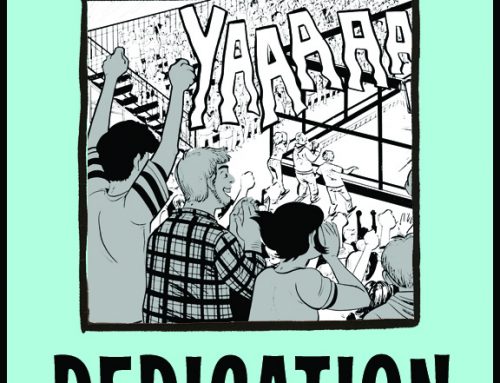test heading
(Sailor Twain vs. Deogratias, The Professor’s Daughter, The Fate of the Artist, and Shackleton)
I love long books.
The book I’m reading right now (Sarah Water’s The Paying Guests) is 564 pages long. And it’s prose.
For all I’m concerned, long books mean more story is involved, and I think that’s just great. Once I fall in love with a story and characters, I’m fine with it pretty much going on . . . and on . . . and on . . . and on. (This is probably also why I love series.)
But publishing very long books poses some unique challenges for publishers and authors — creatively, financially, and logistically. Here are a few of them. (My favorite is the last one.)
Writing and editing long books takes a long time. Writing and drawing graphic novels takes a long time in the first place; creating a long book takes even longer! There’s a reason why Gene Luen Yang’s Boxers & Saints took him five years to make, and it’s not just that he has a day job and small children. That book is 500 pages long, you guys.
Working on a book in creative solitude for that long of a period of time — even with an editor to bounce things off of — is really stressful for a lot of people, unless they enjoy being hermits. And it can be exhausting to have to return every day to a project that length if it’s about a negative and emotionally engaging subject — like war or child abuse. If you’re thinking of creating a project of this length, it’s a good idea to sit down seriously with a schedule and figure out how long you think it’ll take you. Then objectively consider whether working constantly on your project for several years will turn you into a crazy person.
(And just FYI, editing long books takes a long time too, because reading and reviewing a five hundred page draft necessarily takes up more time than reading and reviewing a one hundred page draft. So just when you’re like, ‘I would like feedback right away,’ your editor is looking at a giant stack of paper and saying, ‘this will take two weeks just to read!’)
The printing costs for long books can be expensive — especially if they’re four-color. It turns out that paper is expensive, especially when you’re buying enough of it to make into a book! And it turns out that non-newsprint paper — the kind that actually holds color well and isn’t transparent — is even more expensive. Ink is also expensive, which is a thing you probably know if you own a printer. Adding an extra hundred pages to a full-color book can make the production costs shoot up a dollar or two per book — which in turn can affect the cover price. Having a long book is not ideal if no one can afford to buy a copy.
This almost never happens — only if you’re above 1,000 pages or so — but did you know that your book can physically get too long for the printer to bind successfully without using some kind of super-thin special paper so it’ll still fit in their machines? Luckily this is not a problem we have frequently with graphic novels. (This is especially lucky because even the solution of super-thin paper wouldn’t work, because the images would bleed through even more with thin paper.)
So that’s something to consider when you’re on page 300 and are debating with yourself about going for another 300!






Thanks for this great post! You eluded to how color effects printing costs, and how B&W is less expensive. Is there a difference between 4 (full) color printing and printing B&W with an additional single hue? For example, Anya’s Ghost, with the blue?
I’m beginning a graphic novel and have been trying to decide between B&W, color, or B&W plus one color. Any info to help me make this decision would be greatly appreciated. Perhaps even a blog post on this subject?? :)
We discovered this the hard way. My buddy and I finished a 576 page graphic novel, Moses. It was a son of a gun to print and keep prices low. We sell them but are making only a couple bucks per book. We are proud to be in the over five hundred page club though.
This is great info! People never expect the costs involved in printing. Would you recommend breaking a long book into two smaller ones?
Most of my favorite Graphic Novels are HUGE. Box Office Poison, Blankets, Watchmen, Bone… this books could crush a newborn baby.
I really loved First Second’s edition of This One Summer, by Jillian and Mariko Tamaki. It’s a 320 page book and it yet feels so light on the hand and the paper is nice but definitely not transparent! I have graphic novels with fewer pages that are heavier and bulkier that TOS.
I can’t imagine what it must have been like for Jeff Smith trying to figure out how to print the collected Bone — So. Many. Pages. @_@!